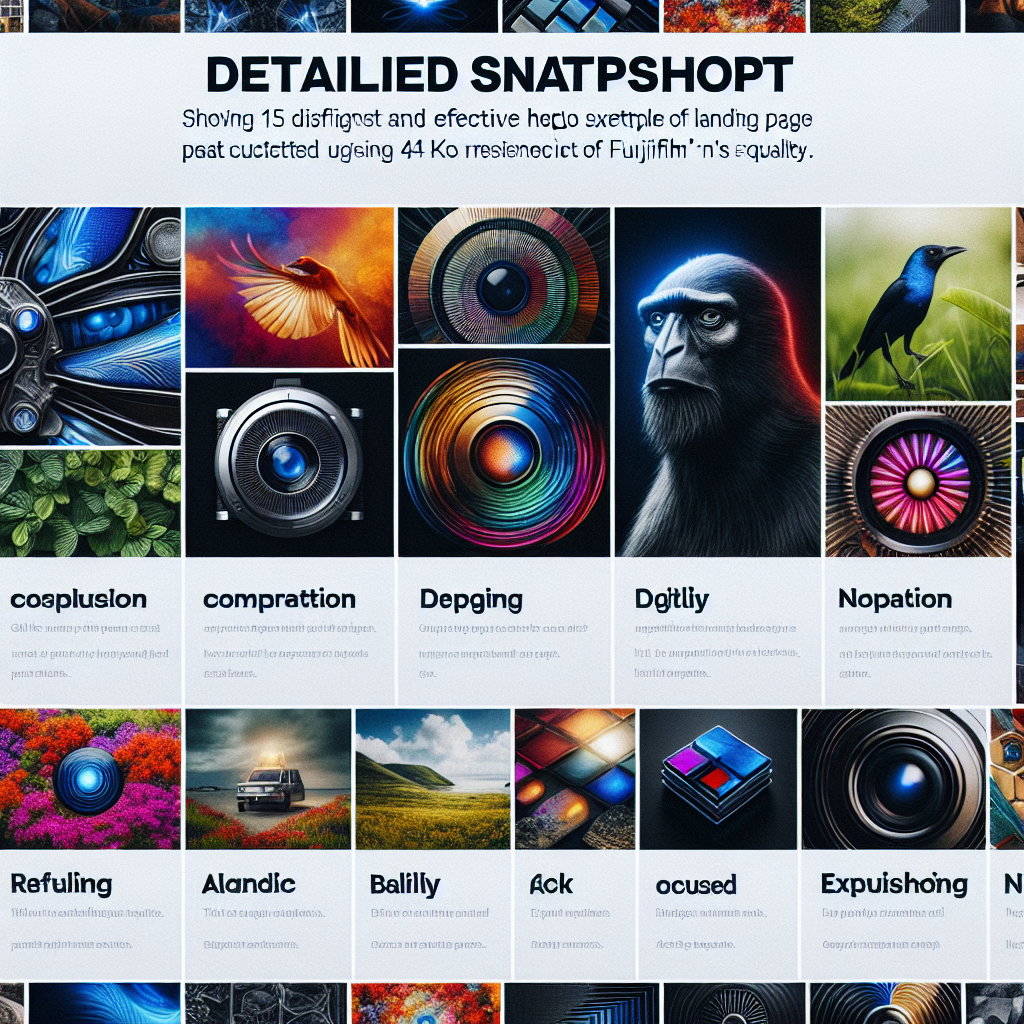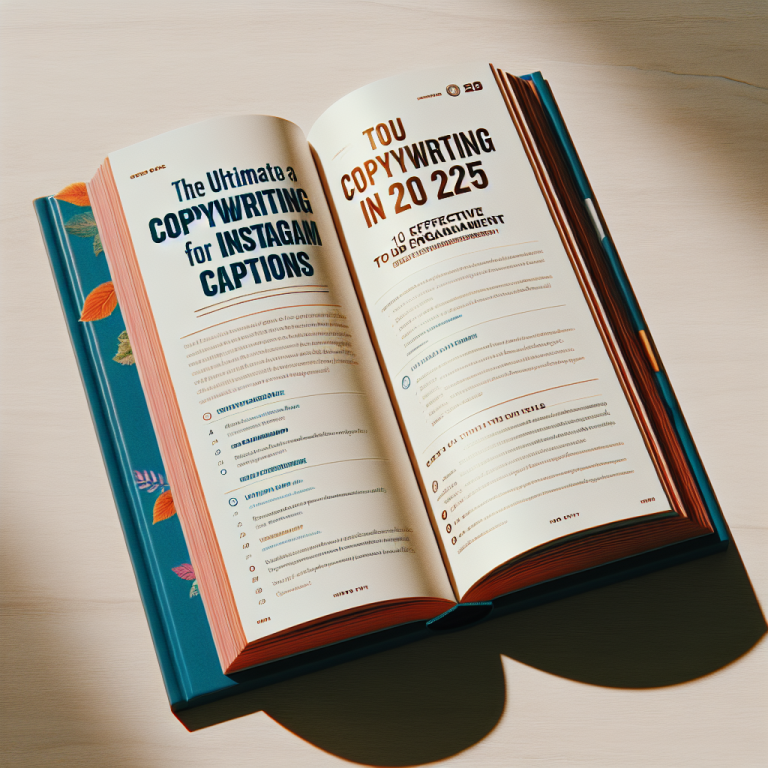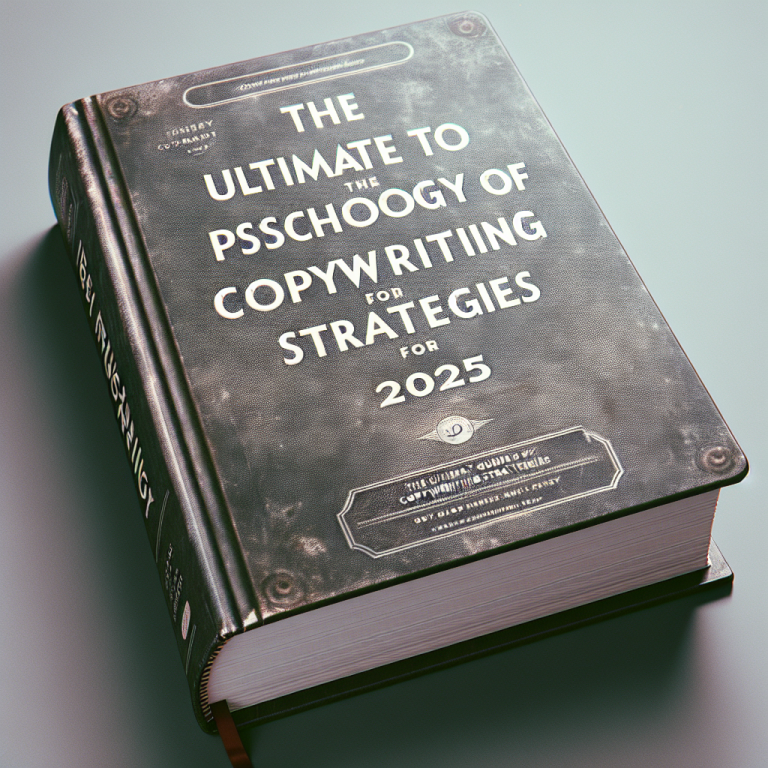The Ultimate Guide to 15 Effective landing page hero section examples 2025
- 1. Primary Hero Visuals That Capture Attention
- 2. Compelling Headlines That Drive Action
- 3. Clear Call-to-Action Buttons for Higher Clicks
- 4. Minimalist Designs for Maximum Impact
- 5. Engaging Animated Hero Sections
- 6. Personalized Hero Content for Better Engagement
- 7. Incorporating Social Proof Effectively
- 8. Highlighting Clear Value Propositions
- 9. Using Video Introductions in Hero Sections
- 10. Mobile-Optimized Responsive Hero Sections
- 11. High-Quality Imagery and Visuals
- 12. Innovative Typography in Hero Areas
- 13. Supportive Elements like Icons and Badges
- 14. Blueprint for Designing Effective Hero Sections
- 15. Future Trends in Landing Page Hero Design 2025
1. Primary Hero Visuals That Capture Attention
Using Bold and Relevant Imagery
First impressions are crucial, especially in 2025 when users expect visually stunning websites. Your hero sectionâs primary visual should instantly convey the core message or emotion you want to evoke. Think of eye-catching images, illustrations, or videos that relate directly to your offering. For example, Nikeâs hero sections typically feature dynamic athletes or bold product shots that resonate immediately with visitors.
Consistency in visual style is key. Whether opting for minimalism or vibrant colors, ensure your images align with your brand identity. High-resolution visuals tell users that your brand is credible and professional. Recent studies show that websites with strong visual elements increase user engagement by up to 80% in 2025.
Don’t forget responsivenessâyour hero visuals should look equally compelling on desktop, tablet, and mobile. Using CSS techniques like background-size and flexible containers can help maintain visual impact across devices.
2. Compelling Headlines That Drive Action
Crafting Clear and Concise Headlines
Your headline is often the first text visitors read. In 2025, effective landing page hero sections feature headlines that are both compelling and straightforward. Use keywords and power words to instantly communicate the value. For instance, a SaaS platform might use âSimplify Your Workflow Todayâ to invite users to learn more.
Test different headline styles to see which resonates best with your audience. A good rule of thumb is to keep headlines under 10 words for clarity, but ensure they still communicate a strong benefit or solution.
Pairing your headline with a supporting subheadline can further clarify your message. This helps reduce bounce rates and increases conversions, especially when combined with strategic use of color and typography.
3. Clear Call-to-Action Buttons for Higher Clicks
Designing Buttons That Stand Out
In 2025, a well-designed call-to-action (CTA) button can make or break your landing page’s effectiveness. Using contrasting colors, ample whitespace, and actionable text encourages users to take the next step. For example, âGet Started Nowâ or âClaim Your Discountâ are direct and motivational.
Placement matters too. Position your CTA above the fold and consider repeating it at strategic points in the hero section. Using arrow icons or animation can draw attention to it naturally.
Optimize for mobile: ensure that buttons are large enough to tap easily and that they load quickly. With increasing mobile traffic, seamless interactions enhance user experience and boost conversion rates.
4. Minimalist Designs for Maximum Impact
Less Is More in 2025
Minimalism continues to dominate hero section designs because it reduces clutter and directs focus where it matters most. By eliminating unnecessary elements, you create a clean, sophisticated look that emphasizes your core message. Brands like Apple excel at this, featuring plenty of white space, bold headlines, and a single CTA.
Use simple color schemes and typography to ensure visual harmony. When the design is minimal, each element is intentional, making your message clearer and more memorable. Research shows that minimalist designs enhance readability and comprehension, especially for complex ideas or products.
Implementing whitespace effectively can also improve load times, an increasingly important factor in 2025 for SEO and user retention. Remember, simplicity often leads to better user satisfaction and higher conversions.
5. Engaging Animated Hero Sections
Adding Subtle Animations
Animations in hero sections, when used judiciously, can create memorable experiences. For 2025, subtle movements such as fade-ins, slide-ins, or background animations add dynamism without distracting users. This technique can highlight key features or direct attention naturally.
For instance, Airbnb employs smooth animations that reveal primary messages and images seamlessly, enhancing user engagement. Proper animation can also improve storytelling, making your brandâs narrative more compelling.
However, avoid overusing animationsâunnecessary movement can increase load times and annoyance. Use lightweight JavaScript libraries and optimize assets to ensure quick performance across all devices.
6. Personalized Hero Content for Better Engagement
Leveraging Data for Custom Experiences
Personalization is a trending trend in 2025, and your hero section is a prime area to implement it. By customizing content based on user data, such as location, behavior, or preferences, you can increase relevance and conversions. Amazon is a classic example that tailors hero content based on browsing history.
Use dynamic headlines, images, and CTAs to create a personalized experience that resonates immediately. For example, a fashion retailer might showcase different hero images and offers depending on whether the visitor is male or female.
Ensure your personalization strategy complies with privacy laws like GDPR and CCPA. Use secure, opt-in methods to gather user data efficiently and ethically. Personalization increases engagementâreported to improve conversions by up to 40% in recent case studies.
7. Incorporating Social Proof Effectively
Building Trust with Testimonials and Logos
Social proof remains vital in 2025, especially in hero sections. Including testimonials, customer logos, or review ratings can build instant trust and credibility. Recent research suggests that 92% of consumers read reviews before making a purchase.
Integrate social proof subtly but prominentlyâperhaps at the bottom or side of your hero areaâso it supports your main message without overwhelming it. Use authentic testimonials with names and photos to enhance trustworthiness.
When used correctly, social proof can increase conversions significantly. Consider carousel slides of reviews or logo grids for larger brands, but keep the design clean to maintain focus on your CTA.
8. Highlighting Clear Value Propositions
Communicating Benefits Quickly
Your value proposition in the hero section should be immediately clear. In 2025, successful landing pages emphasize benefits rather than featuresâtell visitors exactly what they gain.
Use concise language and reinforce your message with supporting visuals or icons. For example, a project management tool might say âComplete Projects Fasterâ with an icon of a clock or checklist.
This clarity helps reduce decision fatigue and guides visitors toward desired actions. Remember, a compelling value proposition is often the first step towards higher conversion rates and enhanced trust.
9. Using Video Introductions in Hero Sections
Creating Impactful Video Content
Videos in hero sections are increasingly popular, especially in 2025. They allow brands to tell storytelling quickly and engagingly. A short, autoplay background video or a hero thumbnail linked to an intro can significantly boost visitor engagement.
For example, Dropbox uses short looping videos that visually explain how their product simplifies file sharing. Incorporating videos can increase conversion rates by up to 80%, according to recent studies.
Ensure videos are optimized for fast loading, and include captions or subtitles for accessibility. With the right content, videos can make your hero section memorable and persuasive.
10. Mobile-Optimized Responsive Hero Sections
Designing for All Devices
With over 60% of web traffic coming from mobile in 2025, your hero section must be fully responsive. Mobile-optimized hero designs should maintain clarity, clarity, and functionality across all device sizes.
Use flexible images, scalable font sizes, and touch-friendly CTA buttons. Test your design regularly on various devices to ensure a seamless experience.
A mobile-first approach often results in better overall performance, improved SEO rankings, and higher engagement rates. Remember, in 2025, your hero section’s responsiveness is a key factor for success.
11. High-Quality Imagery and Visuals
Investing in Professional Visuals
In 2025, the quality of your visuals directly correlates with user trust and perception of your brand. Use professionally shot images or 3D renders that showcase your product or service in the best light.
Stock images can work, but authentic photos tend to convert better. Consider custom illustrations or branded visuals to stand out from the competition.
High-resolution images improve the overall aesthetic and can impact load timesâa balance that can be achieved with optimized image formats like WebP or AVIF.
12. Innovative Typography in Hero Areas
Using Fonts for Emotional Impact
Typography plays a crucial role in setting the tone in hero sections. In 2025, creative and bold fonts make headlines stand out. Experiment with size, weight, and layout to reinforce your message.
Pairing serif and sans-serif fonts effectively can create a modern yet trustworthy look. Use typographic hierarchy to guide viewersâ attention from headline to CTA.
Also, ensure readability across devicesâstriking fonts shouldnât compromise clarity. Good typography can evoke emotions and enhance brand personality.
13. Supportive Elements like Icons and Badges
Adding Visual Cues and Indicators
Icons, badges, and other supportive visuals can clarify and enhance your hero message. For example, a badge indicating âBest Sellerâ or âLimited Offerâ creates urgency and credibility.
Design these elements subtly, ensuring they complement rather than clutter your hero space. Use consistent style and color schemes to maintain visual harmony.
Leveraging supportive elements effectively can improve comprehension and motivate immediate actionâcrucial in crowded online spaces of 2025.
14. Blueprint for Designing Effective Hero Sections
A Step-by-Step Approach
Creating impactful landing page hero sections in 2025 follows a clear blueprint: start with a strong visual, craft a compelling headline, include a clear CTA, and support with social proof or visuals. Balancing aesthetics with usability is key.
Test different layouts and elements regularly, analyzing performance data to optimize. Use heatmaps and A/B testing to refine your hero section, ensuring it aligns with user preferences and behavior.
Always keep accessibility in mindâuse sufficient contrast, readable fonts, and easy navigation. This blueprint is the foundation of design best practices for landing page hero sections in 2025.
15. Future Trends in Landing Page Hero Design 2025
What to Expect Moving Forward
As we look toward 2025, visual storytelling, AI personalization, and immersive AR/VR experiences will shape hero section designs. Expect more dynamic, interactive content that adapts to user behavior in real time.
Voice-activated interfaces and chatbots integrated into hero areas will become more common, offering seamless user interactions. Minimalistic yet highly functional designs will continue to dominate.
Stay ahead by experimenting with emerging technologies and tracking industry leadersâ innovations. Adopting these trends will help you craft cutting-edge landing page hero sections that stand out in 2025.
Frequently Asked Questions
1. Why are landing page hero section examples important?
They serve as inspiration and a benchmark for creating engaging, effective landing pages that convert visitors into customers. Effective hero sections can significantly boost your conversion rates and brand perception.
2. How do I choose the best landing page hero section example for my website?
Focus on your target audience, brand personality, and goals. Look for examples that resonate with your brand identity and contain elements proven to perform well, such as strong visuals, clear CTAs, and social proof.
3. What elements should I include in a landing page hero section?
Key elements include a compelling headline, relevant hero visual, a clear call-to-action, social proof, and supporting visuals or text. Keep the design simple and focused on your primary goal.
4. Can I customize landing page hero section examples for my brand?
Absolutely! Use them as inspiration and tailor elements like color schemes, messaging, and visuals to suit your brandâs voice, style, and audience preferences for optimal results in 2025.
5. How do I optimize my hero section for mobile devices?
Ensure responsiveness by using flexible layouts, scalable images, and touch-friendly buttons. Test on multiple devices to guarantee a seamless experience, boosting both usability and SEO performance.
Conclusion
In the ever-evolving landscape of web design, the importance of effective landing page hero section examples cannot be overstated. As weâve explored in this comprehensive guide for 2025, crafting compelling hero sections involves a strategic combination of visuals, messaging, interactivity, and optimization. Whether you draw inspiration from minimalist designs or dynamic animations, always prioritize clarity and user experience. Incorporating these insights will ensure your landing pages stand out, engage visitors, and drive conversions. Remember, the key to success lies in understanding and applying the best practices around the landing page hero section examples that define the digital presence of 2025.








